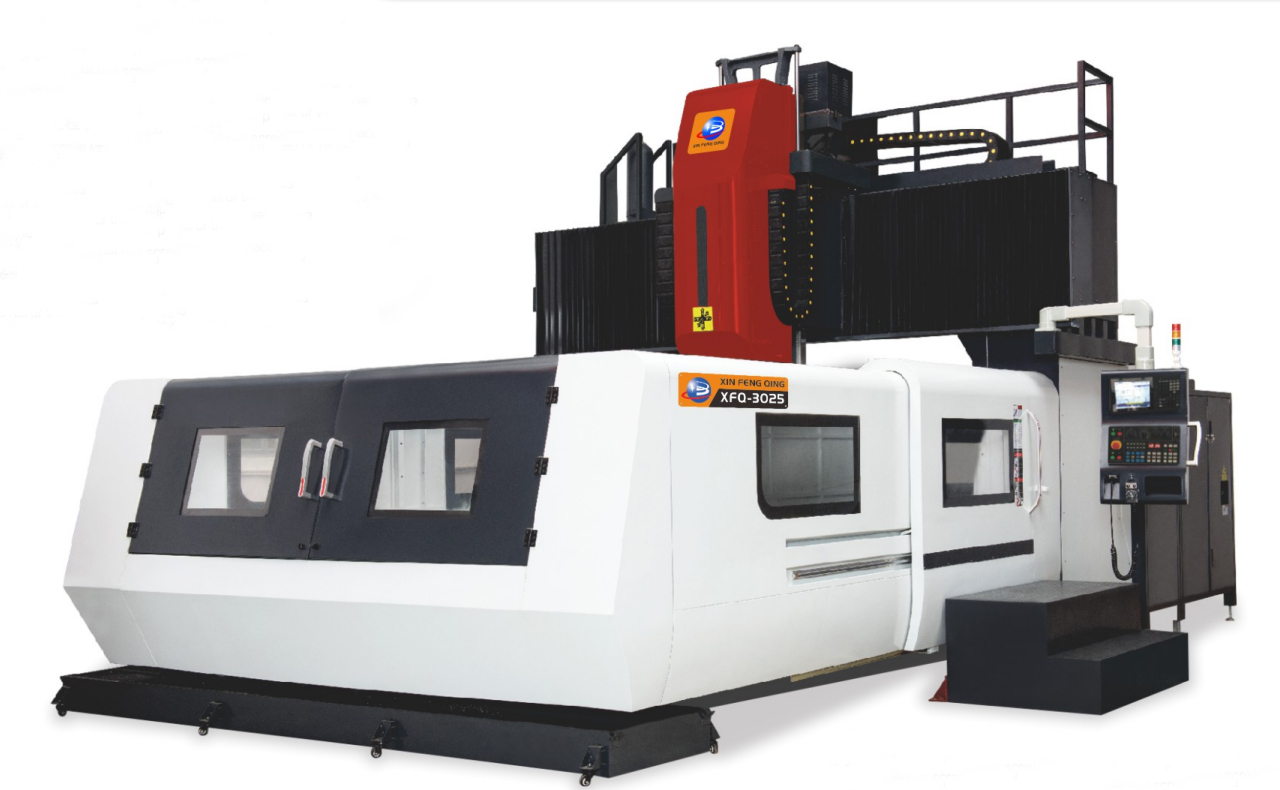Vacuum glass food containers are a modern food storage tool, which is characterized by good fresh-keeping performance and high temperature resistance. However, many people have doubts about whether vacuum glass food containers can be placed in the refrigerator to refrigerate food. This article will discuss this issue and give relevant answers.
First of all, from the perspective of material properties, vacuum glass food containers are composed of two or more layers of glass, with a vacuum or inert gas-filled gap in the middle. This structural design gives it good thermal insulation performance. When the outside temperature is lower than the internal temperature, the heat in the container is not easy to dissipate through the vacuum layer, thereby slowing down the speed of heat exchange. For refrigerated food, this means that once the food is placed in the refrigerator, its cooling process in the vacuum glass food container will be relatively slow.
Next, considering the airtightness of vacuum glass, once the container is vacuumed and sealed, the outside air cannot enter, which provides favorable conditions for preventing food oxidation and inhibiting bacterial growth. Therefore, putting vacuum glass food containers in the refrigerator for refrigeration can further reduce bacterial activity and prolong the freshness of food.

Precautions for using vacuum glass food containers to refrigerate food:
Although vacuum glass food containers are suitable for refrigerating food in the refrigerator, the following points should still be noted during use:
Avoid sudden temperature changes: Although high borosilicate glass has the characteristics of low-temperature resistance, avoid putting the container directly into hot water or microwave oven after taking it out of the refrigerator. Such sudden temperature changes may cause the glass to break. It is recommended that the temperature be gradually adjusted when changing the temperature.
Seal check: Before putting the food in the refrigerator, make sure that the vacuum seal of the container is good. If the seal is not tight, it may not be able to effectively isolate the air, thus affecting the preservation effect of the food.
Appropriate container size: Choose a suitable container size to avoid the container being too large or too small, so as to minimize the presence of air and ensure the best vacuum effect.
Proper storage: When storing food in the refrigerator, try to place the container in the middle or upper layer of the refrigerator, rather than directly contacting the refrigerator's refrigeration device, to avoid the impact of overcooling on the container. Vacuum glass food containers are usually suitable for the refrigerator compartment, but the temperature in the freezer compartment is lower, which may cause additional pressure on the container. Therefore, it is recommended that the product manual be checked before use to confirm whether it is suitable for low-temperature environments. If the container is marked as suitable for freezing, make sure that the container does not reach the use range under extreme temperatures.
In summary, vacuum glass food containers are fully qualified to be the ideal choice for refrigerated food due to their unique preservation function. Its characteristics of heat preservation and strong airtightness can prolong the freshness of food in a refrigerated environment. Of course, during use, we also need to pay attention to relevant operating details, such as pre-cooling food and reasonable placement, to ensure the maximum refrigeration effect. Through proper use and maintenance, vacuum glass food containers can undoubtedly become an indispensable food storage tool in modern kitchens.
As a vacuum glass food container OEM, we are committed to providing customers with high-quality, reliable products and services. We have advanced production equipment and technical teams and can customize vacuum glass food containers of various specifications and styles according to customer needs.
www.bestfulltech.com
Jiangsu Bestfull Technology Co., Ltd.








+ There are no comments
Add yours